The 120th anniversary of the opening of the Vadu Crisului Cave, Bihor County's first visitable such underground landform, was marked on Friday with a lecture given by Veress Laszlo, a museographer at the Cris Land Museum (MTC) in Oradea.
"The cave was first opened in 1905 by famous geologist Gyula Czárán, who was also its first tourist guide. Ever since its discovery, it was rated as the most beautiful and intact cave in Europe, and counts to the most important tourist and scientific attractions in Bihor. Since then, in addition to the numerous tourists, the cave has been visited and explored by speleology, geology and paleontology experts interested in studying the geological outcrops, its flora and fauna, and the paleontological relics. A host of organisms that are generally found in seas and oceans have been identified. Skeletal remains of the cave bear (Ursus spelaeus), which lived up to 27,000 years ago, were also discovered here by paleontologist Tiberiu Jurcsák, a former museographer at the Cris Land Museum, who organized many paleontological expeditions in the Vadu Crisului Cave," Veress Laszlo told AGERPRES on Friday, agerpres reports.
Among the participants in Friday's meeting, alongside the MTC museographers and locals, was also UDMR deputy Szabo Odon, who, in honor of the 120-year anniversary, laid a wreath with 12 red and white flowers - one for each decade - on the rock wall at the entrance to the cave.
"I feel strongly attached to both the area and the cave project, because during my term as a county councilor, the interior rehabilitation of the electrical system and the stainless steel railings was financed. Later, I was among those who campaigned for the nearby land and cottage to become part of the county's assets and be purchased by the County Council, which is exactly what happened," deputy Szabo Odon told AGERPRES on Friday.
The Vadu Crisului Cave is under the administration of the Cris Land Museum, which in 2004 re-electrified and redeveloped the visitable area to European standards, along a trail that takes 30 - 60 minutes to complete.
Tourist groups are offered assistance and guidance in Romanian and Hungarian.
The Vadu Crisului Cave (also known as the Waterfall or Zichy Cave) is located in the mid-section of the Crisu Repede Gorge and is crossed by a stream that, after exiting, forms a roughly six-meter waterfall.
According to the museum's website, the cave was discovered by Karl Handl, a railway worker and nature lover from the Vadu Crisului area. During his hikes, he noticed that at the source of the stream that forms the waterfall, during low flow times, a gap would appear in the rock above the water, through which bats pass.
Sensing that a large cave was hidden close-by, he informed Gyula Czaran, considered the father of tourism in the Apuseni Mountains, of his discovery; on November 10, 1903 Czaran opened the cave by dynamiting the rock block. Then Czaran and Handl, accompanied by the local Reformed priest, Istvan Veress, himself a nature enthusiast, conducted the first research, after which the cave was landscaped with wooden walkways and stairs.
The natural monument opened for visitors in 1905, and for this event, Gyula Czaran became the first tourist guide of the cave.
The first map of the visitable part of the cavern, with details of the location of the footbridges, stairs, the visit route, as well as the representative formations, was published in 1907 by Gyula Monoky, a railway surveyor.
The exploration and mapping of the cave was resumed, over time, by numerous researchers, including Emil Racovita - the founder of the world's first biospeleology institute. Research has shown that the water that fades away in the Old Man's Cave, located 3 kilometers away, resurfaces after following an underground route, in the Vadu Crisului Cave.
The cave is famous, from a biospeleological point of view, especially due to the terrestrial and aquatic troglobitic species, some of which are endemic. Also, it is the natural habitat of a large colony of bats, with various species protected at European level.
In 1969, the Oradea-based museum redeveloped the cave with metal and concrete stairs and platforms and an electrification system over a length of 500 meters, making it the second cave in Romania to feature electric lighting after the Women's Cave in Baia de Fier (1957).

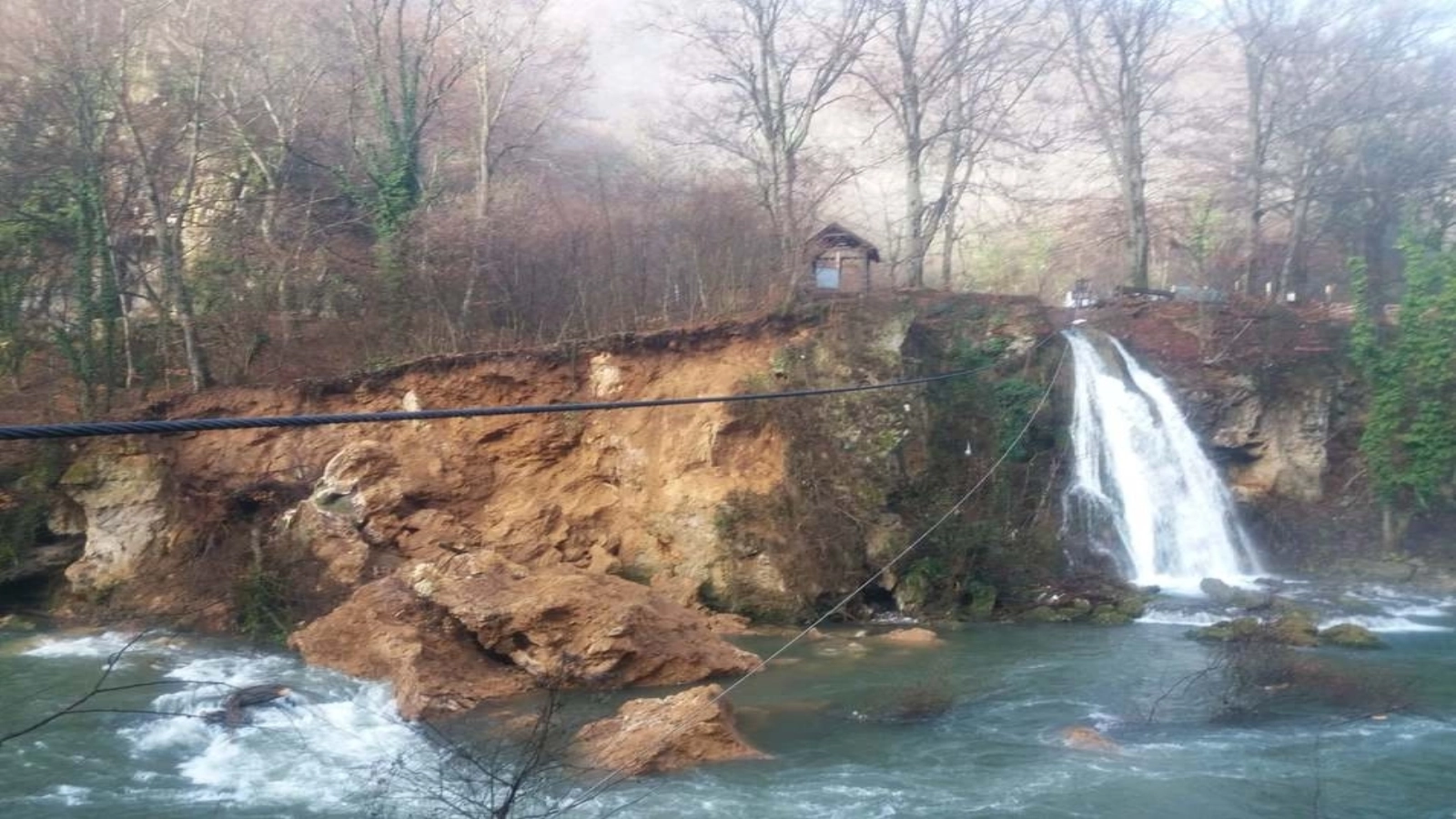


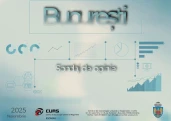







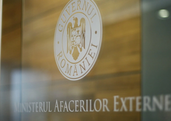
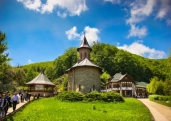
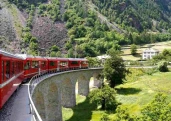






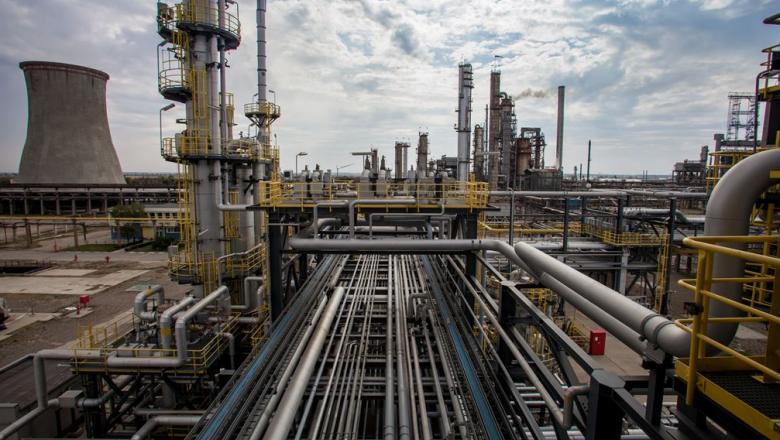








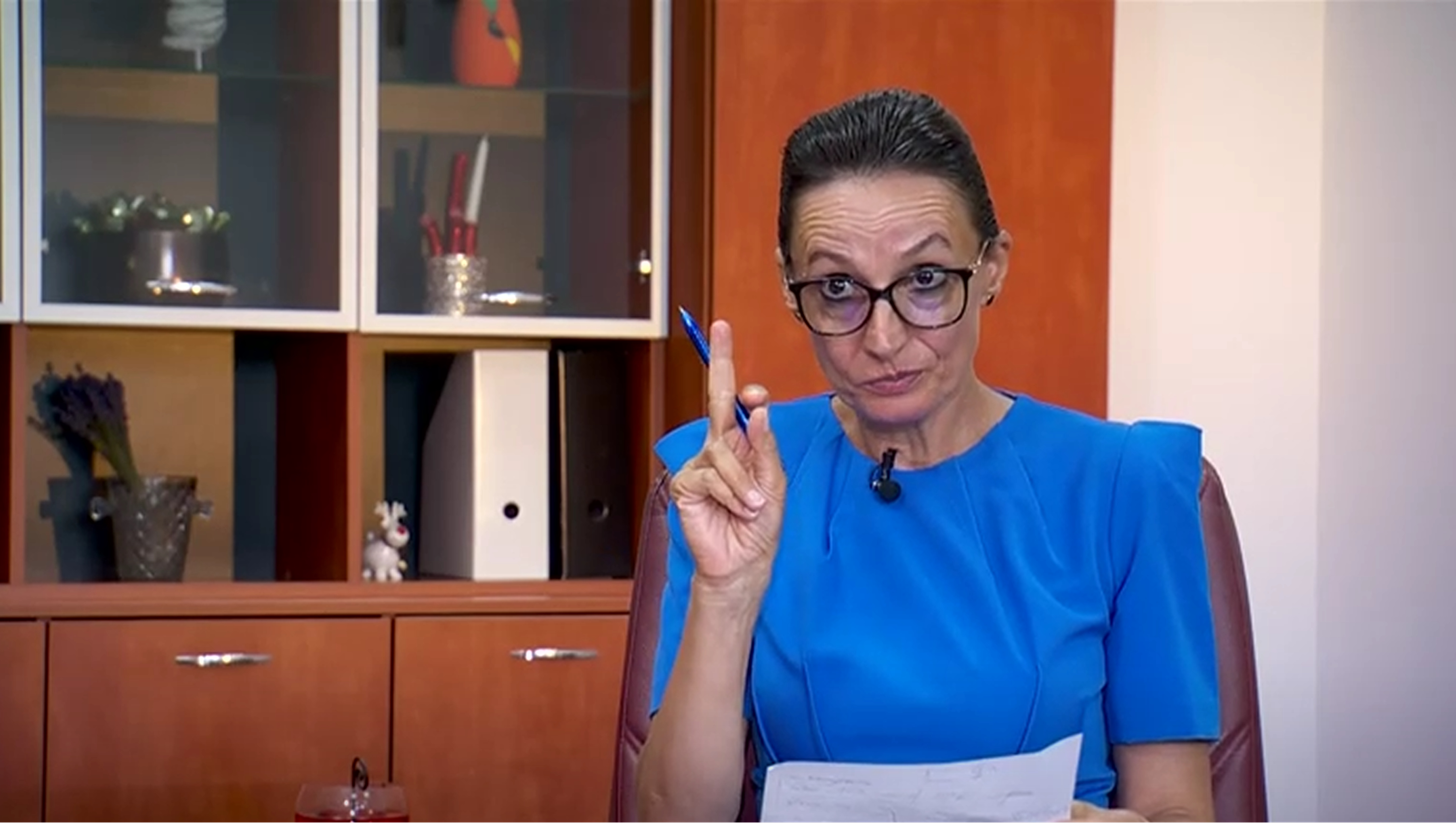


Comentează